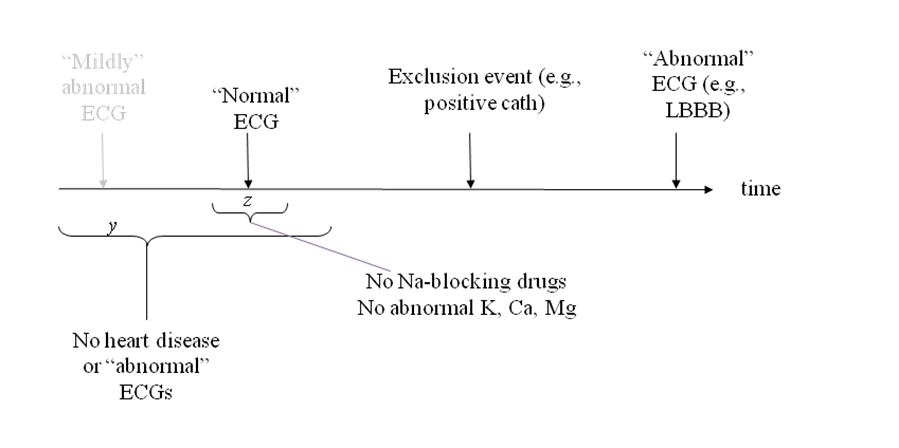Autoimmune Disease Phenotype
Autoimmune diseases (AID) refer to destructive conditions involving an aberrant chronic activation of the adaptive immune system, where the immune cells instead of producing antibodies to attack foreign invaders, mistakenly attack the body’s own healthy cells. While autoimmune diseases are heterogeneous according to symptoms, lesion types, and prognosis, and are usually studied in isolation according to groups based on organ system; various autoimmunity diseases share similar immune effector mechanisms. Recent genetic studies suggest that many autoimmune and chronic autoinflammatory condi

